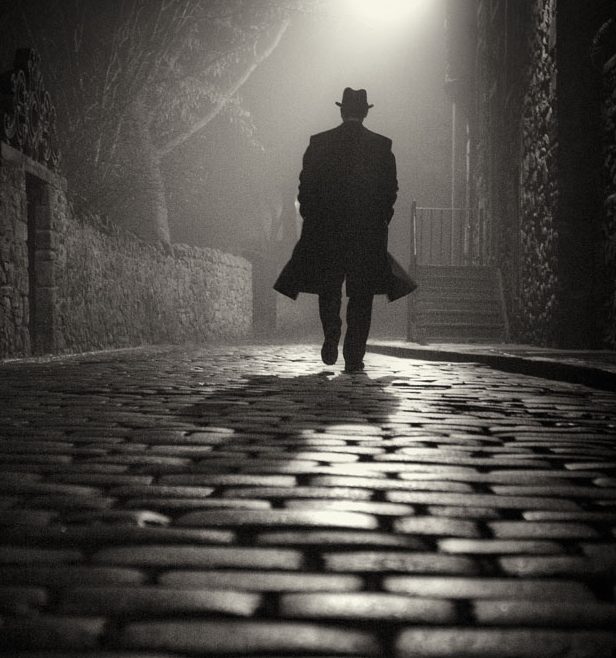Masterful Narrative Scenes Part 2
Narrative scenes are ones in which the story is being told, not shown. Last week we looked at a passage…

Narrative scenes are ones in which the story is being told, not shown. Last week we looked at a passage…

Show, don’t tell. Yeah, we know that’s the rule. But there are times when scenes can be masterfully told by the…

This month we’ve been attacking Fatal Flaw #7—Lack of Pacing and Tension. Tension is crucial in a story. Without it, readers…

Subscribe to my email blasts to level up your writing and be notified of upcoming events and offers!
No products in the cart.